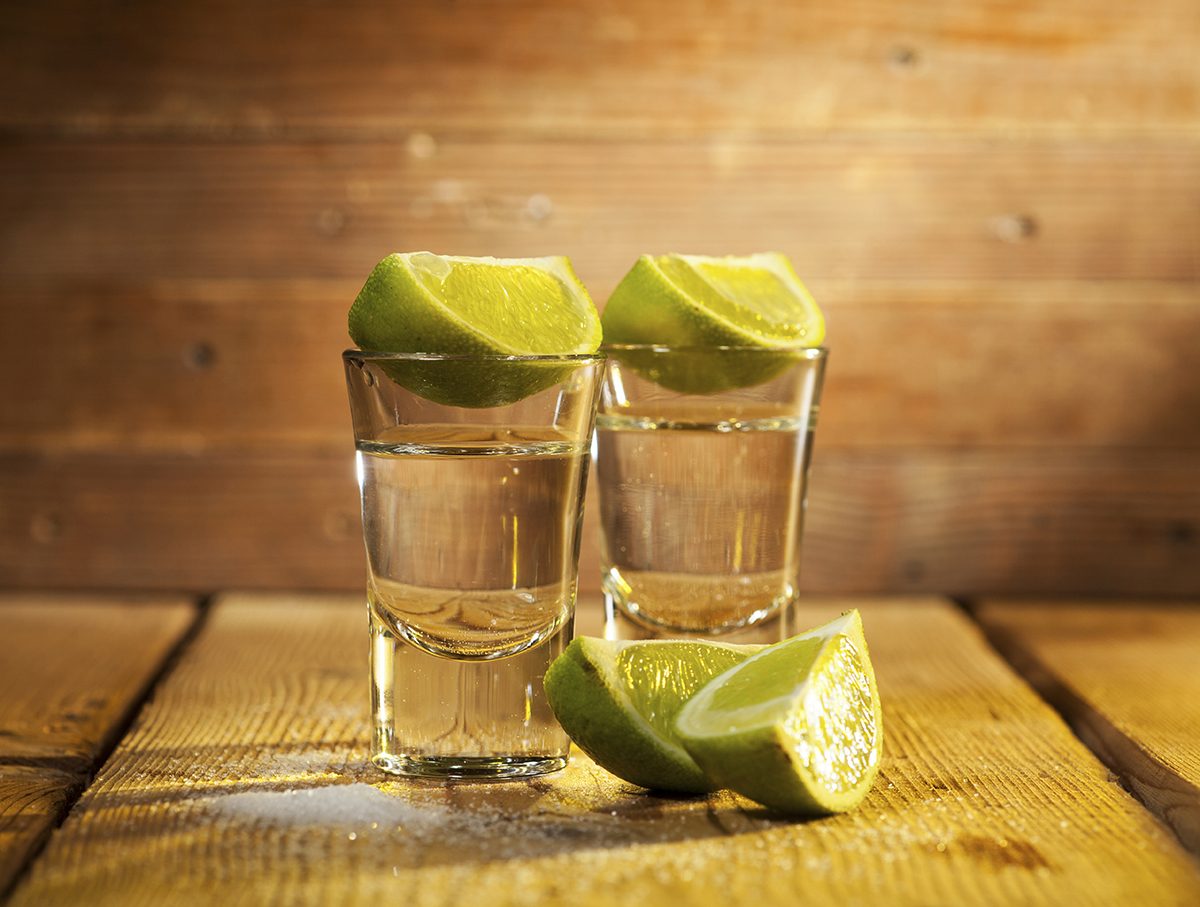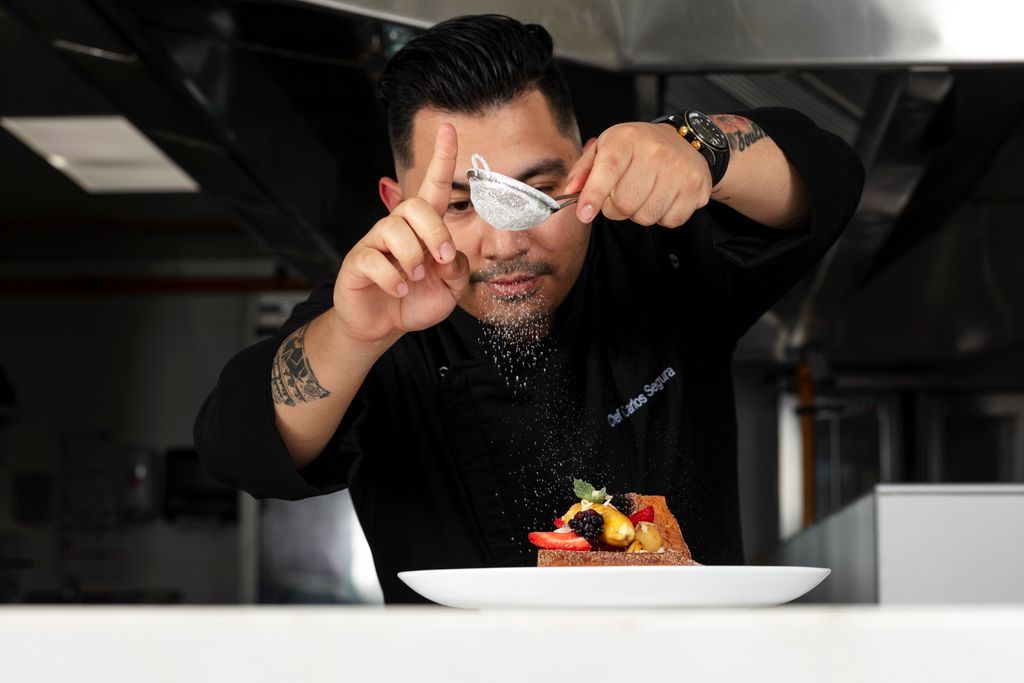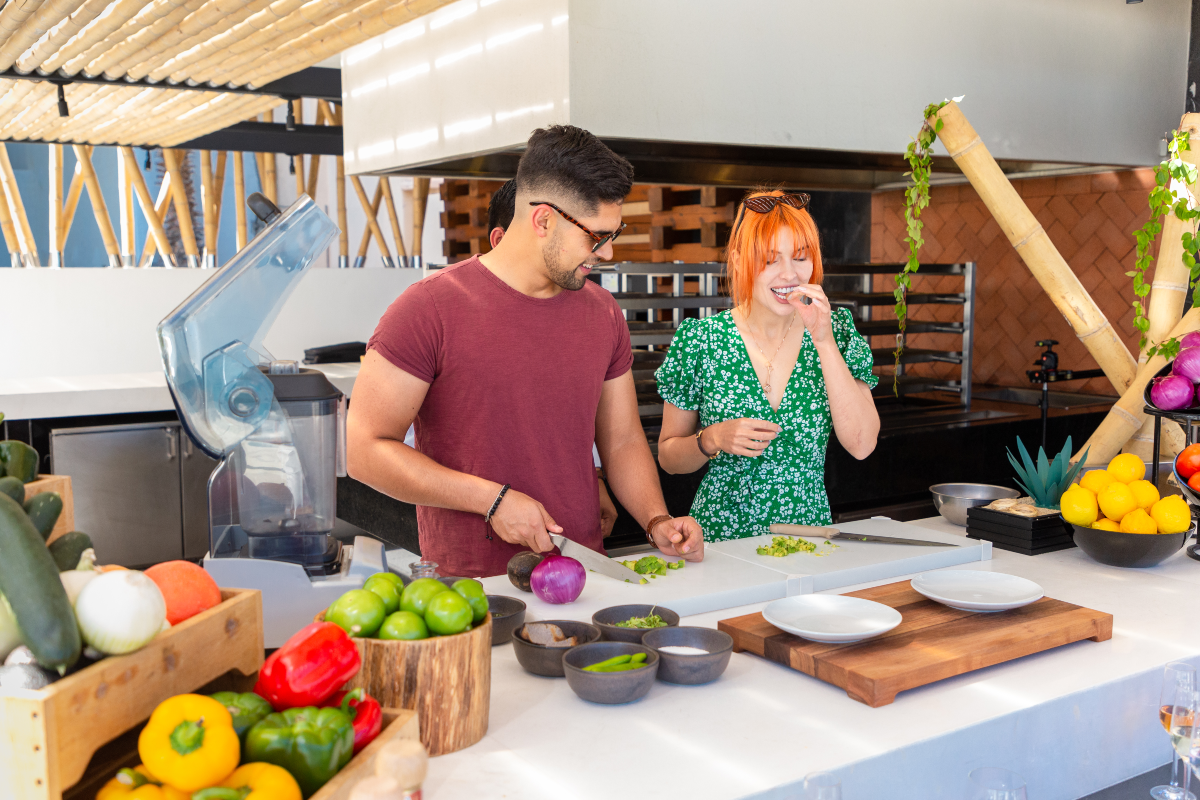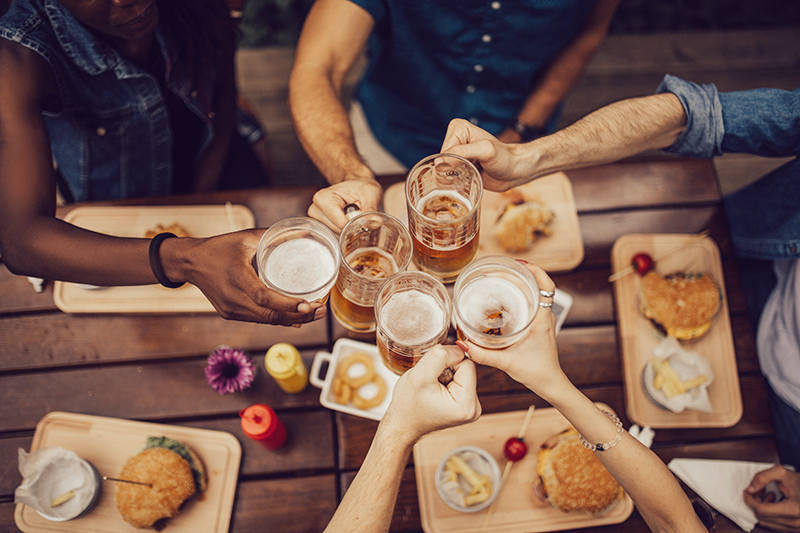While you might love it or loath it, there is no denying that you won’t think of Mexico without tequila springing to mind: it can have a bit of a kick, or go down smooth, but one thing is for sure when you drink tequila, you are sampling a legacy of a nation. A spirit that has a deep, and colorful history, tequila is by far one of Mexico’s most famous exports. No matter what your personal feelings toward the liquor may be, there’s no denying that this agave spirit has stood the test of time and is deeply engrained in the history of Mexico.
Ancient Cactus Juice
Many may not realize that an early version of tequila made from the fermented sap of the agave plant, called pulque was recorded as early as 1000 B.C. It was used by the Aztecs for various reasons and was so important to their culture that they worshipped Patecatl, god of the pulque. The beginning of agave distillation isn’t well documented but a popular belief dates back to the 1400’s during the Spanish conquest. After months of travelling and fighting, the invading Spaniards couldn’t be without their brandy so they improvised with mud and agave, creating the drink that we know today as mezcal. In the mid-1500’s, the drink became so popular that the Spanish created a trade route between Manila and Mexico and by the early 1600’s the Marquis of Altamira opened the first large scale distillery in what is now known as the town of Tequila, Jalisco (yes! There is actually a town named after the nation’s favorite spirit).
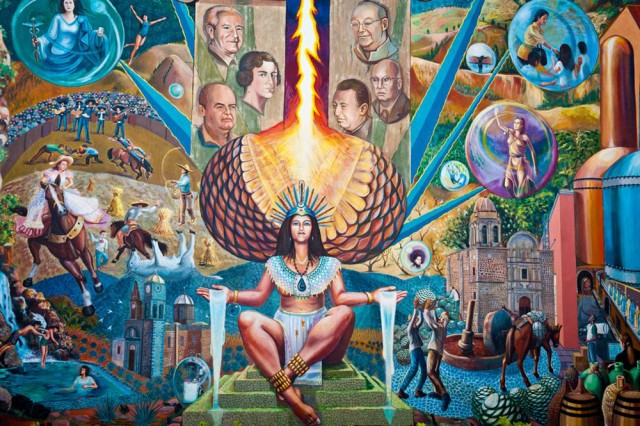
It wasn’t until 1758 that the first commercial distillery came about when the famous (and beloved by many) Cuervo family opened the doors, followed later by the Sauza family in 1873. We can thank Don Cenobio of the Sauza family for identifying the blue agave as the best choice for making tequila and thus, modern tequila as we know it today was born.
Tequila and the Prohibition in the USA
While Tequila is famous in Mexico, a lesser known fact is that it actually played a role in US history as well during the times of Prohibition. When drinkers were unable to get much besides bathtub gin, many turned to the agave spirit instead. In addition, Tijuana was close by, so many took a quick trip across the border to indulge in the agave liquor.
A Protected Spirit
In 1974, the Mexican government declared tequila as intellectual property and made it necessary that it is only to be made and aged in certain areas of Mexico. Just like champagne and brandy can only be given such names when produced in certain regions in France and Spain respectively, this classification made it illegal for other countries to produce or sell their own version of the Mexican liquor under the name “tequila”. Today, it is a favorite among bartenders internationally and is even recognized by UNESCO as one of the most important cultural traditions to come from this country.
How is Tequila Made?
To make this delicious liquor, a specific process must be observed. When a blue agave plant has reached full maturity, which takes about 8-10 years, it is ready for harvest. At this point, the “Jimador,” or the harvester can remove the heart of the plant known as the “piña”. The piña typically weighs between 65 and 135 pounds when fully mature and requires 17 pounds of Agave to produce 1 liter of 100% pure Agave tequila. Once the piña hearts are split open they are put into large pressure cookers and steamed. The liquid that is produced flows into large steel vats for fermentation which can last from anywhere between 12 hours to several days. Once this process is completed, the liquid goes through a double distillation process which produces a highly potent (yet safe) tequila. From here, the process varies in order to make the different types of tequilas that we know today: silver, gold, aged and flavored tequila.
Know your Tequila Colors
Silver or “Blanco” tequilas are diluted with distilled water until they reach the desired 80 proof alcohol content. This is the truest form of tequila because it allows the drinker to taste the intensity of the agave, however, it doesn’t suit everyone due to its strong flavor. Gold tequila is what many people are familiar with outside of Mexico. This type of tequila is diluted with flavorings and colorings which makes it less expensive and are generally what is used in bars to make mixed drinks like the crowd favorite, margarita. Tequila that has been aged 2-11 months in wooden barrels is known as “Reposado”. There is a great variety in the depth of flavor among the aged tequilas depending on the type of wood used. Some are even aged in whiskey, bourbon, or wine barrels to give the agave a unique flavour. After being aged for at least one year, this smooth tasting tequila becomes known as “Añejo” and after at least 3 years of aging it becomes “Extra-Añejo”. The longer that the tequila is aged, the smoother the taste becomes and the darker in color it turns, making these the most coveted types of tequila.
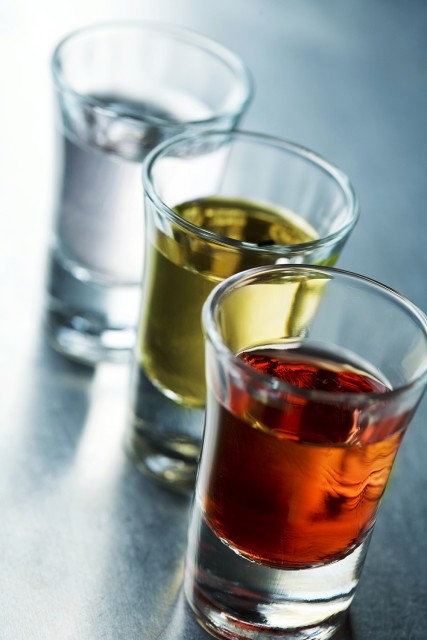
So the next time someone is criticizing tequila maybe you can teach them something about the history of tequila and introduce them to a drink that is as varied and rich as the beautiful country that it comes from.

